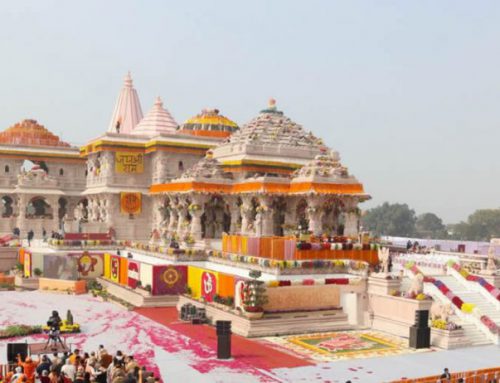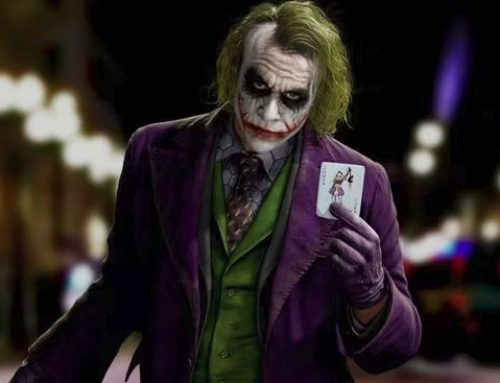What?
This B+ list actress is foreign born.
All of you know her.
The general public would probably know her.
She is married.
She is one for fanciful tales, but this one, is tall, even by her standards.
She says she is the direct descendant of the boy who was swindled while he watched his mother be raped by dozens of men. It was during that vicious rape, that he signed over the rights to the massive diamond.
He was ten years old and it is a tragic tale that apparently our actress would love to exploit and is pitching herself in a role she wants to create or to do a documentary about her ancestor.
I really need to see some kind of proof she is related.
She never mentioned it before now.
Priyanka Chopra
descendant of: Maharajah Duleep Singh
Maharaja Sir Duleep Singh, GCSI (4 September 1838 – 22 October 1893), or Sir Dalip Singh, and later in life nicknamed the “Black Prince of Perthshire”, was the last Maharaja of the Sikh Empire. He was Maharaja Ranjit Singh’s youngest son, the only child of Maharani Jind Kaur.
Koh-i-Noor
The Koh-i-Noor (/ˌkoʊɪˈnʊər/ KOH-in-OOR; from Persian for ‘Mountain of Light’),[b] also spelled Kohinoor and Koh-i-Nur, is one of the largest cut diamonds in the world, weighing 105.6 carats (21.12 g).[a] It is part of the Crown Jewels of the United Kingdom. The diamond is currently set in the Crown of Queen Elizabeth The Queen Mother.
‘Painful memories’: what will the royal family do with the Koh-i-noor diamond?
The phrase “jewel in the crown” once evoked Charles Dance, Peggy Ashcroft and the sepia-tinted prettiness of a 1980s Granada TV series. Today, in headlines around the world, it is linked to a very modern, and potentially very ugly, diplomatic row.
The Koh-i-noor, Persian for Mountain of Light, is neither the biggest diamond in the world, nor the most beautiful, but it is arguably the most infamous. For many in India it has always represented the humiliation of colonisation.
I grew up with friends and relatives from India insisting on trips to the Tower of London almost as soon as they landed at Heathrow. When you got there, you always knew where the Koh-i-noor was in the dim half-light, thanks to the knots of people in front of it hissing “chor” at the glass – the Hindustani word for “robbers”. I think the traffic jam may have led to the Tower putting in a moving walkway, but it is only marginally helpful: it turns out Indians and Pakistanis are inadvertently good at the moonwalk. The grumbling discontent around the diamond has now tbecome front-page news.
The ruling BJP party of Narendra Modi has let it be known that any plans for the Queen Consort to wear the Koh-i-noor at her coronation would bring back “painful memories of the colonial past”. For a country that is involved in top level trade negotiations with Britain at this very moment, this is a powerful statement, and one which the palace will now have to deal with. Does it refashion a new Queen Consort’s crown for Camilla, which would be costly at a time of financial hardship in the country? Can it swap out the diamond for another gem in the collection? If it did, there will doubtless be cries of “Woke-ageddon” to deal with. But to leave it where it is clearly puts pressure on an economically important bilateral relationship with India – so what to do? This is not an easy problem to solve, but then, the Koh-i-noor has never been easy.
The diamond’s past is something of a blood streak through history. Over the centuries, it has passed through Moghul, Persian and Afghan hands, with gore in every chapter of the story. I have written a book about its passage through time with the historian William Dalrymple, and we recently completed a four-part series on the diamond in our podcast Empire. We talked about the curse that is supposedly attached to the stone, where the unworthy are condemned to watch their worlds collapse if they wear it; of sons poisoning fathers; of fathers gouging out the eyes of sons. We have spoken of molten lead being poured on the heads of those being questioned about the diamond’s whereabouts, and others being bludgeoned, shot or flayed to death in pursuit of the gem. Suffice to say: don’t listen to our history of the Koh-i-noor while you are having your breakfast.
In this rather blood-drenched relay race, Britain picks up the baton in 1849. At that time the Koh-i-noor belonged to Maharajah Duleep Singh, a 10-year-old boy-king who reigned over the north of India from his capital in Lahore. The East India Company forcibly separated him from his mother, imprisoned her, and then made him sign a treaty he was ill-equipped to understand, supposedly for his own protection. Duleep’s childish signature on vellum lost him the Koh-I-noor and his kingdom. He would eventually die, broken and broke, on the floor of a Parisian hotel at the age of 55. His story, for many, is an allegory of colonisation. In England, the diamond was somewhat disastrously recut, losing almost half its heft, and though Queen Victoria wore it, no other reigning monarch has, perhaps cognisant of its history with male potentates. It has been left in the Queen Consort’s crown ever since. – Source
Read more on these Tags: Priyanka Chopra









